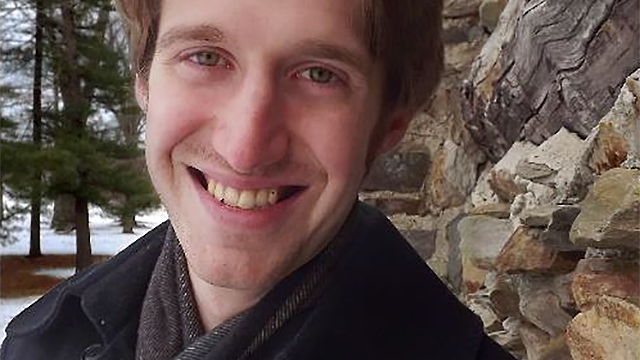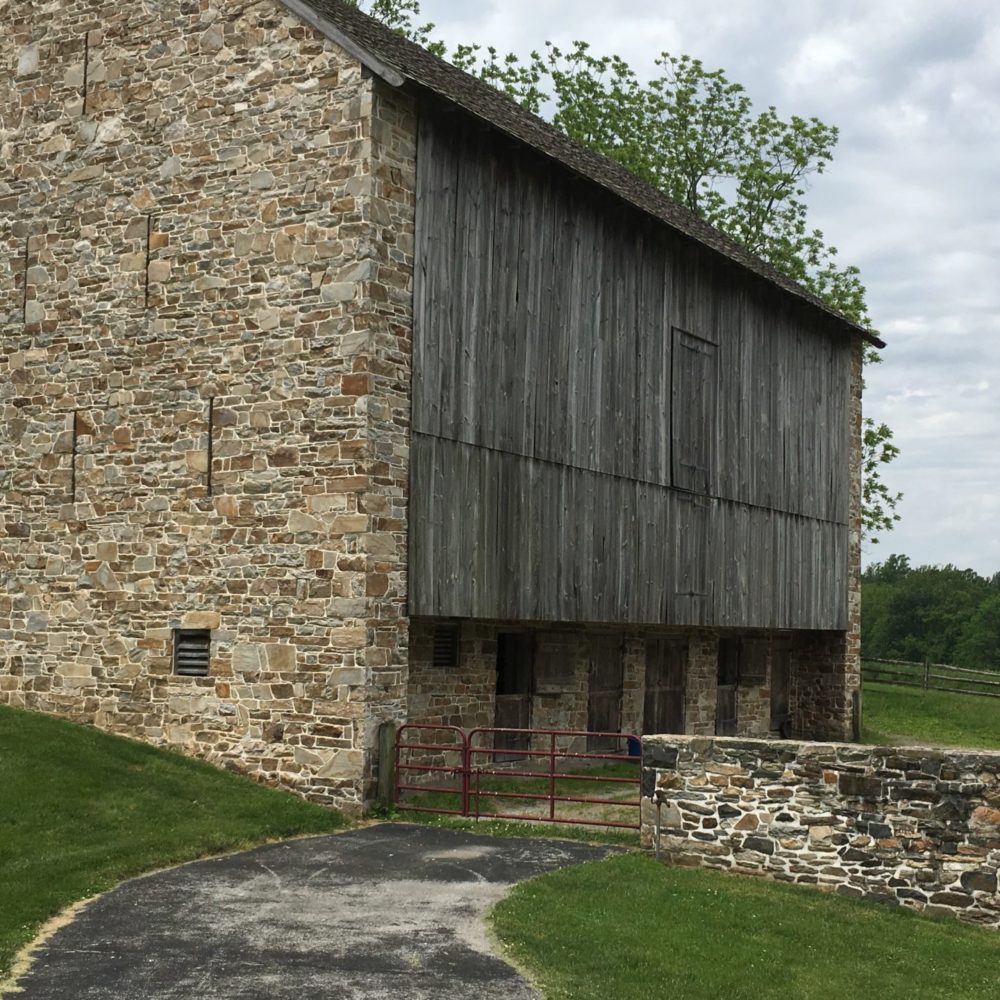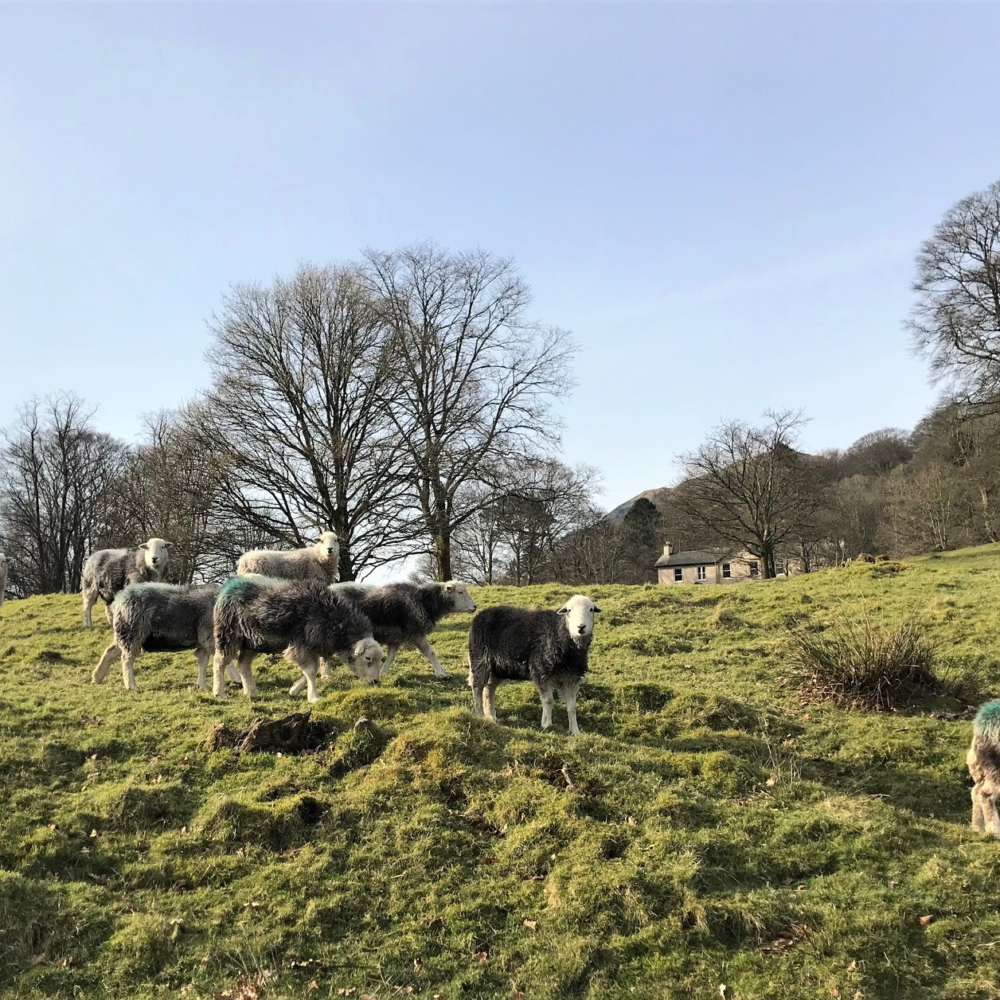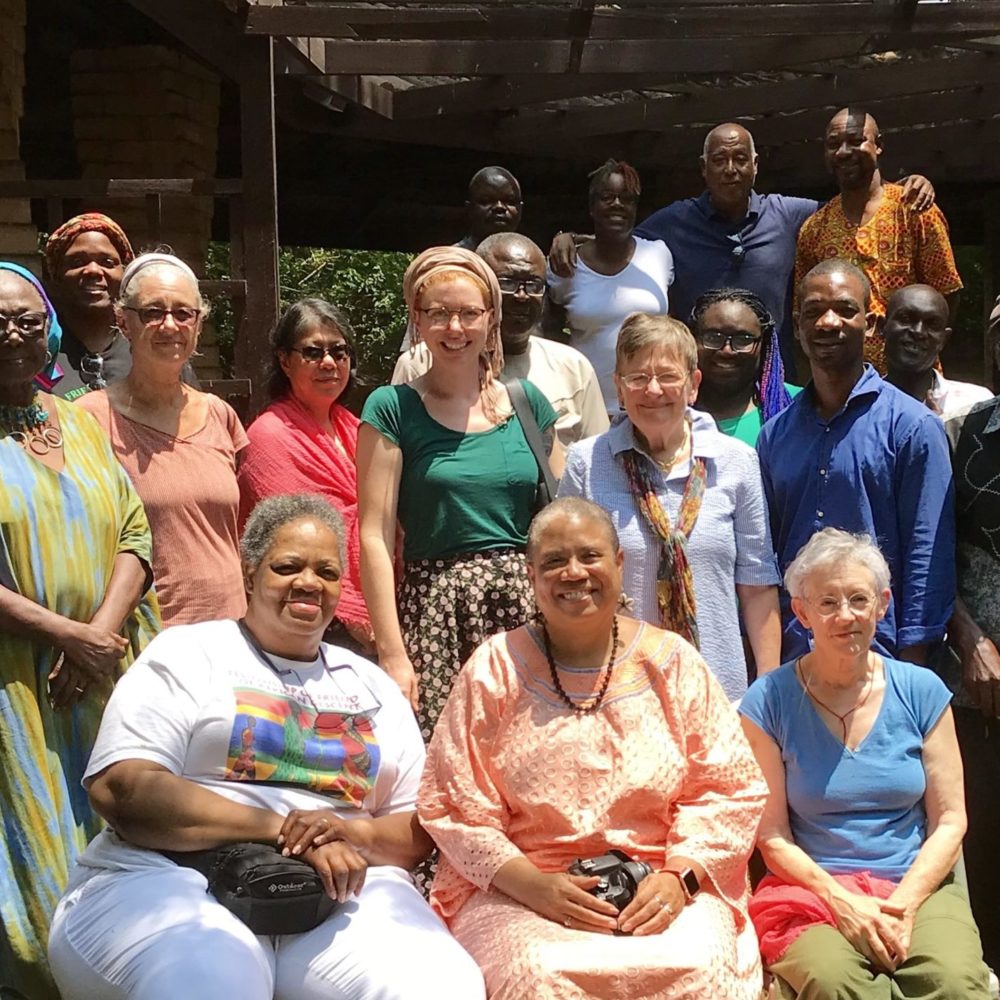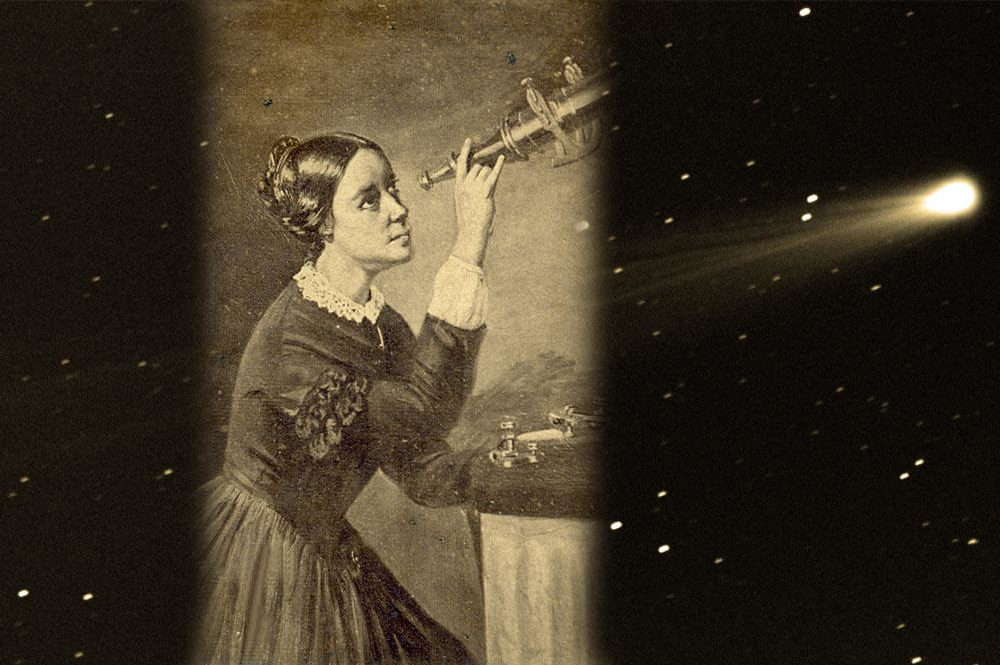Over the past week, people have been assembling in peace to express grief and voice concern over police brutality and racism in the killings of George Floyd in Minneapolis, Minnesota; Breonna Taylor in Louisville, Kentucky; and Ahmaud Arbery in Southeastern Georgia.
Like many monthly meetings, Friends School communities were deeply affected by these issues. As a result, school administrations and trustees at schools in Pennsylvania, New Jersey, and Delaware published powerful messages on their websites that were centered in the Quaker belief that there is that of God in everyone and Friends’ testimony of Equality. These have been basic tenets of the faith since the time of Margaret Fell and George Fox.
[Read more…] about Black Lives Matter: Quaker Schools Share Powerful Messages and Resources

